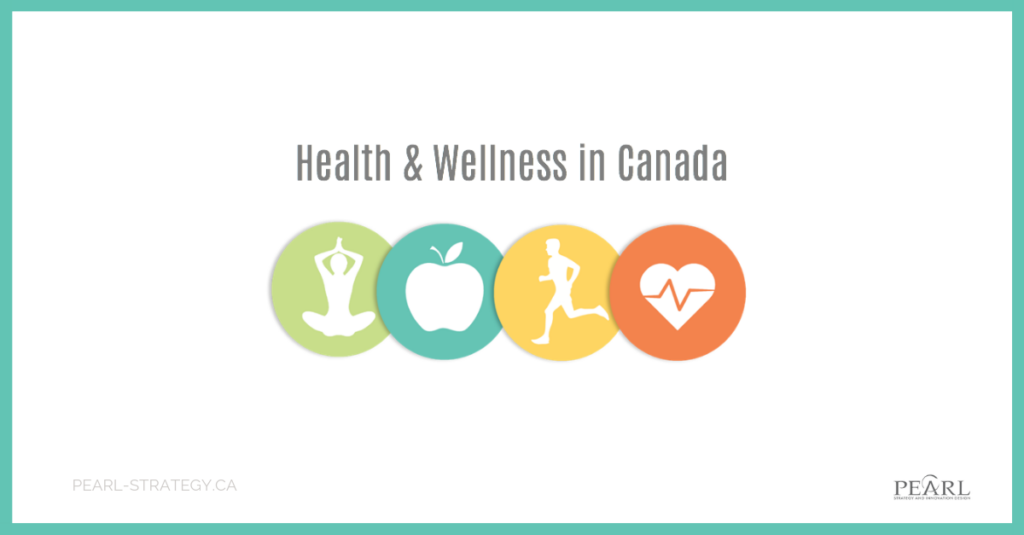In Canada, health & wellness continues to evolve, creating new demand for healthy products and services in food & beverages and in OTC. To find opportunities in the health and wellness space, we surveyed 1,000 Canadian adults, with representation across ages, genders and provinces, in English and French Canada, to understand their health & wellness attitudes and behaviours.
This is the 1st of a 3 Part blog series that will provide an introduction to our Health & Wellness in Canada study. We hope that you’ll find some insight that will lead to growth opportunities for your business.
1. Canadians need support on their health & wellness journey

There is a lot of room for improvement, as over 79% of Canadians are not Very/Completely Satisfied with their personal health & wellness. Men are more satisfied than women. Millennials (19-37 years of age) are less satisfied than the other generational segments while Boomers are slightly more satisfied.
What does this mean for marketers?
To help Canadians on their health & wellness journey, get to know their pain points and show how you will help improve their lives. Targeting Millennials that were less satisfied with their health & wellness may offer larger business opportunities.
2. There is an opportunity to provide health & wellness solutions in the areas of food, exercise and stress reduction

Canadians perceive health & wellness to be a journey as their goals are a mix of actions and results. Eating healthier, exercising more and avoiding and reducing stress are their top priority actions, while aging well, staying mentally sharp and preventing injury & illness are the results they aspire to. Almost all goals and priorities were up versus year ago with the biggest gains in eating healthier and avoiding stress.
The following segments rated some goals differently:
- Men are more likely to want to stay mentally sharp
- Boomers are less likely to have goals around eating healthier and avoid/reduce stress
- Millennials have stronger commitment to eating healthier, improving sleep and avoiding/reducing stress
What does this mean for marketers?
Develop health & wellness solutions that support everyday actions that lead to long-term results. Conduct rapid prototyping by creating new ideas, gaining consumer feedback, then refining the idea to get to better solutions.
3. Position health & wellness brands to deliver functional and emotional benefits

Functional benefits are the most tangible outcomes of achieving health & wellness, however Canadians also strongly associate health & wellness with the emotional benefits of feeling more cheerful, balance and vitality.
Here are some segments that over-index with specific emotional benefits:
- Millennials rank almost all statements higher than the other cohorts including: Being healthy makes life more cheerful, Being healthy provides me with vitality, Being healthy gives me balance, Being healthy gives me an advantage
- Gen X are more likely to agree with Being healthy keeps me in control
What does this mean for marketers?
To create a strong health & wellness brand, appeal to the minds and hearts of Canadians. In highly competitive markets, it can be difficult to sustain a functional advantage. Owning an emotional benefit can be a more durable brand benefit to a consumer.
Are you Playing to Win in Health & Wellness? If so let’s talk. Contact John at:johnchan@pearl-strategy.ca




